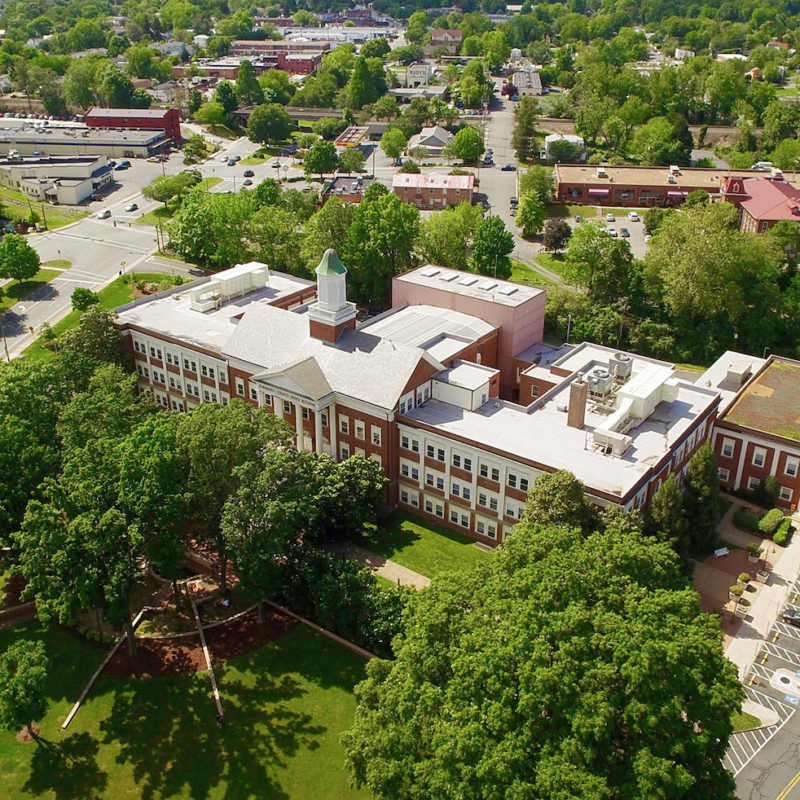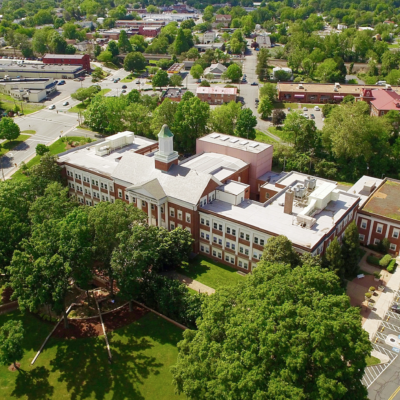A year and a half ago, the National Register of Historic Places began work designating the Charlottesville neighborhood that is roughly bounded by Cherry Avenue to the south; the railway to the north; Fourth Street SW to the east; and Spring Street to the west. It is 56 acres altogether, perhaps headed for historic landmark status. The area was chosen largely for its shared “architecture and overlapping history,” says Capital Region Preservation Director Ann Andrus.
Much of the Fifeville-Castle Hill District, as it’s called, was founded in the 19th century and was home to a segregated community of blacks, whites and mulattos. To this day, numerous houses stand from the period, with most residential buildings constructed between 1890 and 1930. Of course, there are notable exceptions, like the house of Benjamin Tonsler, principal of the Jefferson School. Built between 1875 and 1879, the house nicknamed “the Castle” blends various architectural styles in tasteful ways.
Once a historic nomination is developed, law requires that a public meeting be held, and halfway through her presentation on the proposed district last Thursday at Tonsler Park, Andrus stopped to list what Historic District Designation does not mean. “It does not prevent an owner from renovating or demolishing,” she said. “It does not require an owner to restore or renovate property, or restrict an owner’s use of his or her property. By itself, it does not increase your property values or taxes.”
“The only time there would be restrictions would be if someone is doing one of those tax credit projects,” she says. The federal government offers income tax credit for rehabilitating a historic building, up to 25 percent of the expenses. Yet, the owner must work within certain limitations. “They have to do work a certain way to retain the historic integrity of these buildings.”
Andrus also rebuffs the idea that the historic designation would lead to greater city control of property. “The national register is an educational and planning tool,” she says. “If you know this is a special area, you should treat it appropriately.”
The historic nomination next goes before the State Review Board and Department of Historic Resources on June 6 in Richmond, in a public meeting. If more than 50 percent of the proposed district’s residents oppose the classification (in notarized form), it can be removed from the agenda.
C-VILLE welcomes news tips from readers. Send them to news@c-ville.com.





